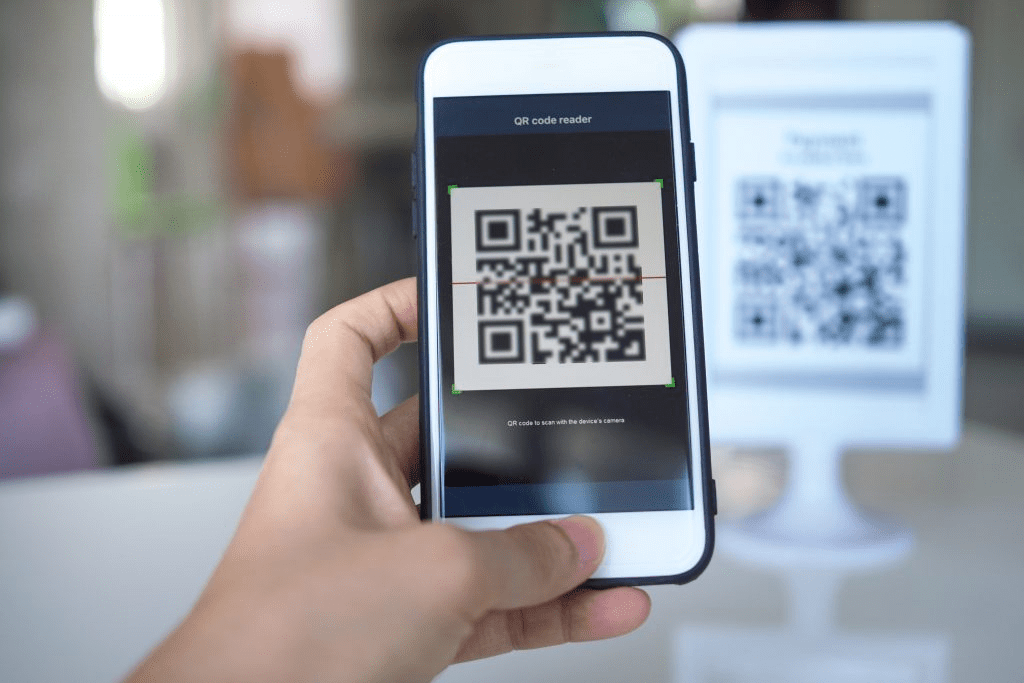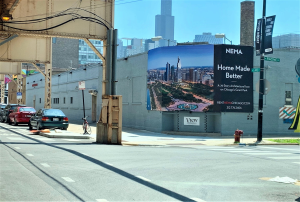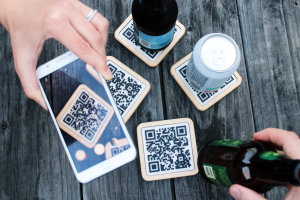QR Code Advertising Campaigns: A New Era of In-Hand Marketing
In the evolving landscape of marketing, QR code advertising campaigns have emerged as a powerful tool to bridge the gap between physical and digital interactions. By integrating QR codes into in-hand marketing materials—such as coffee cups, pizza boxes, and coasters—brands can create immersive experiences that engage consumers directly and personally.
The Power of In-Hand QR Code Ads
In-hand marketing involves placing advertisements on items that consumers physically hold, ensuring high visibility and engagement. When combined with QR codes, these everyday items become gateways to digital content, offering:
Immediate Engagement: Consumers can instantly access promotions, product information, or interactive experiences.
Enhanced Tracking: Marketers can gather data on consumer interactions, measuring the effectiveness of campaigns.
Cost-Effective Reach: Utilizing existing items reduces additional advertising costs while maximizing exposure.
QR Code Advertising Campaigns in Action
Coffee Cups as Digital Portals
Imagine sipping your morning coffee and noticing a QR code on the cup. Scanning it could lead to:
Exclusive discounts or loyalty programs.
Behind-the-scenes content about the coffee brand.
Interactive games or surveys enhancing customer engagement.
This approach not only enriches the consumer experience but also fosters brand loyalty.
Pizza Boxes Delivering More Than Pizza
Pizza boxes offer ample space for QR code ads. Brands have utilized this by:
Providing links to movie trailers or music playlists.
Offering limited-time promotions or contests.
Sharing stories about ingredient sourcing or brand values.
Such integrations turn a simple meal into an interactive brand encounter.
Coasters Connecting Consumers to Experiences
Coasters in bars or restaurants can feature QR codes that:
Promote upcoming events or new menu items.
Encourage social media sharing with branded hashtags.
Offer instant feedback forms to improve service quality.
These subtle yet effective placements engage consumers during leisure moments.
Designing Effective QR Code Ads
To maximize the impact of QR code advertising campaigns:
Ensure Clarity: QR codes should be easily scannable with clear instructions.
Provide Value: The linked content must offer genuine value to encourage interaction.
Maintain Brand Consistency: Design elements should align with overall brand aesthetics.
Test Functionality: Regularly check that QR codes lead to the intended content.
Measuring Success in QR Code Advertising
Key performance indicators (KPIs) for QR code campaigns include:
Scan Rates: Number of times the QR code is scanned.
Engagement Duration: Time spent interacting with the linked content.
Conversion Rates: Actions taken post-scan, such as purchases or sign-ups.
Feedback Collection: Consumer responses gathered through linked surveys or forms.
Analyzing these metrics helps refine strategies for future campaigns.
Future Trends in QR Code Advertising
As technology advances, QR code advertising is poised to evolve further:
Augmented Reality (AR) Integration: Offering immersive experiences through AR content.
Personalized Content Delivery: Tailoring linked content based on user data.
Dynamic QR Codes: Allowing real-time updates to the linked content without changing the code itself.
Embracing these trends will keep brands at the forefront of innovative marketing.
Conclusion
QR code advertising campaigns have revolutionized in-hand marketing by transforming everyday items into interactive touchpoints. By thoughtfully integrating QR codes into physical materials, brands can create engaging experiences that resonate with consumers, drive conversions, and build lasting relationships.






